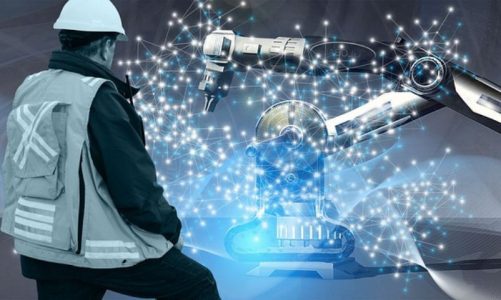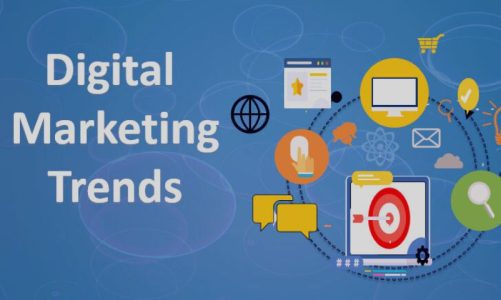Next-Gen Automation : AI-powered tools can collect and process candidate data to speed and streamline search, selection, diversity, and other HR functions.
They unanimously agree that more data would help them qualify candidates, assess profile pools, improve outreach, and streamline recruiting workflows . Despite this, 42% did not have the data or the time to implement or delve into these analytics, let alone turn data into insights. This is where automated recruiting solutions come in.
What Is Automated Recruiting And How Can It Help?
Human resource management as a function begins with hiring. Every day that a vacant position goes unfilled costs companies profits and productivity. Intelligent AI-powered tools can collect relevant data about candidates, make it available to recruiters, and accurately process it to accelerate and streamline multiple threads , such as candidate search, selection, diversity and inclusion, interviewing, and recruitment.
Its main objectives are:
- Automate hiring tasks and workflows.
- Reduce the cost per contract.
- Accelerate the filling of vacant positions.
- Hire without prejudice.
- Improve the company’s overall talent profile.
How Does A Typical AI-Based Automated Recruiting Technology Help Achieve These Goals?
Leverage programmatic advertising and branded content to place job ads on industry-specific sites that your target candidates frequent. It can also help optimize your job advertising budget and lower your cost per applicant.
Application Tracking System (ATS) : An ATS is software that automates the entire hiring and recruiting cycle for an organization.. This way, HR managers can stay organized and easily access.
When Can Automation Of The Recruiting Process Go Wrong?
There is no technological cure for faulty selection processes. Data overload is a critical problem. Today, recruiters have so much data (both from candidates and jobs) that they don’t have the time or the ability to analyze it and make the right decisions.
Another long-standing problem is bias. While the hiring process itself is frequently skewed (due in large part to companies’ propensity to rely on employee references), the use of AI and automation in hiring can sometimes compound the problem.
In one infamous case, Amazon developed an AI-based recruiting tool that analyzed patterns of resumes received over a ten-year period and ended up discriminating against women. Needless to say, they scrapped it.
Some of the biggest mistakes related to diversity in recruiting, which are amplified by automation and machine learning, are:
- Limited search and restricted applicant pools (screens out applicants from another region or those who did not attend certain schools).
- Lack of a remote work policy (excludes candidates with disabilities and lack of transportation).
- Lack of automation.
- The latter deserves special attention
Algorithms that often serve their intended purpose do so because they have larger and broader data sets available. It is the company’s responsibility to collect these data points and input them into their recruiting automation software . The process is reversed on implementation:




